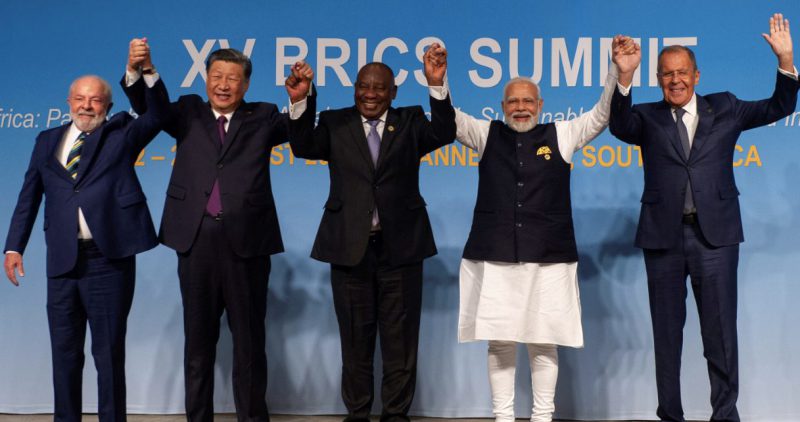What is BRICS and its Purpose? : Comprehensive Guide
BRICS, an acronym for Brazil, Russia, India, China, and South Africa, is a group of major emerging economies that have come together to challenge the dominance of the United States and its Western allies in the global order.
The bloc was founded in 2009 as an informal club to provide a platform for its members to assert their influence and promote economic cooperation.
This article will explore the history, purpose, and key facts about BRICS, shedding light on its significance in the international arena.
Also read: BRICS: The Beginning of the End for the US Dollar?
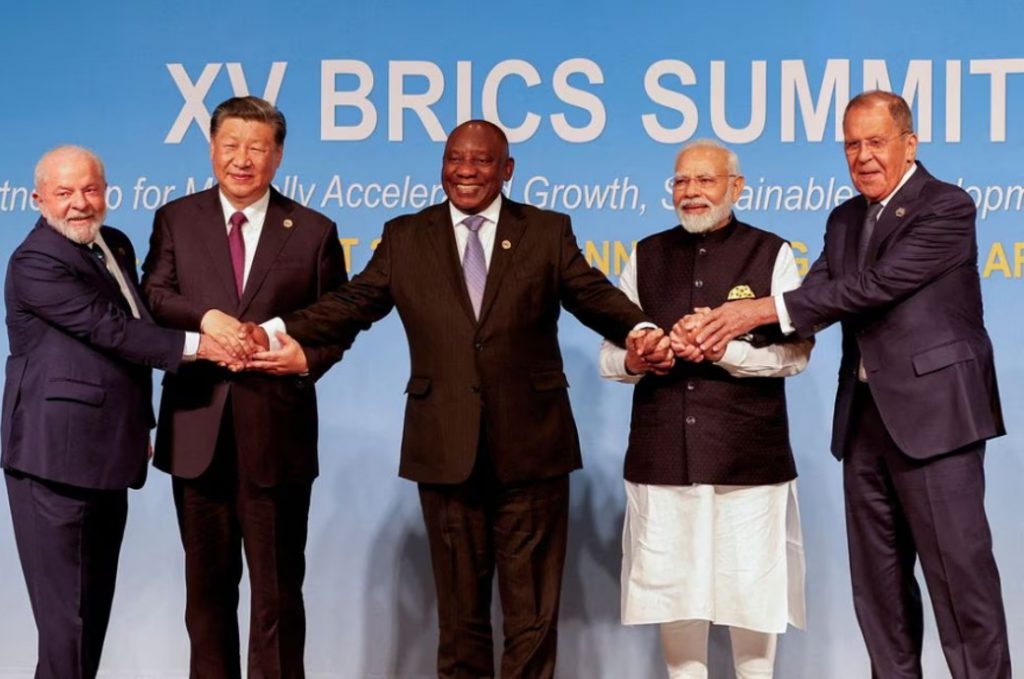

Understanding BRICS
BRICS is no formal multilateral organization like the United Nations or the World Bank.
Instead, it functions as a forum for dialogue and collaboration among its member nations.
The heads of state and government of the member countries convene annually, with each nation taking up a one-year rotating chairmanship of the group.
The primary focus of BRICS is strengthening economic cooperation, increasing multilateral trade, and fostering development among its members.
Also read: BRICS: UAE Navigating New Alliance & US Relations
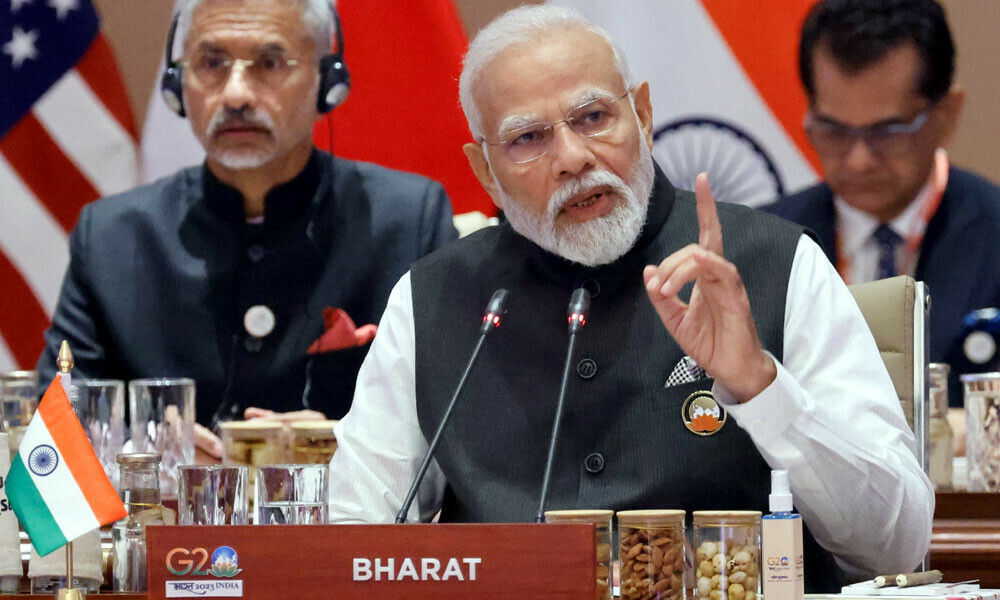

History of BRICS
The term BRIC was first coined in 2001 by Jim O’Neill, the then chief economist of Goldman Sachs, in a research paper that highlighted the growth potential of Brazil, Russia, India, and China.
These four countries were identified as emerging economies with significant economic clout and the potential to reshape the global economic landscape.
2009 South Africa joined the group, and the acronym was expanded to BRICS.
The Goldman Sachs BRIC Thesis
The concept of BRICS originated from the Goldman Sachs BRIC thesis, which asserted that these emerging economies would become significant global players.
The thesis emphasized the rapid economic growth, large populations, and abundant natural resources of Brazil, Russia, India, and China.
It predicted that these countries would outperform traditional Western powers regarding GDP growth and investment opportunities.
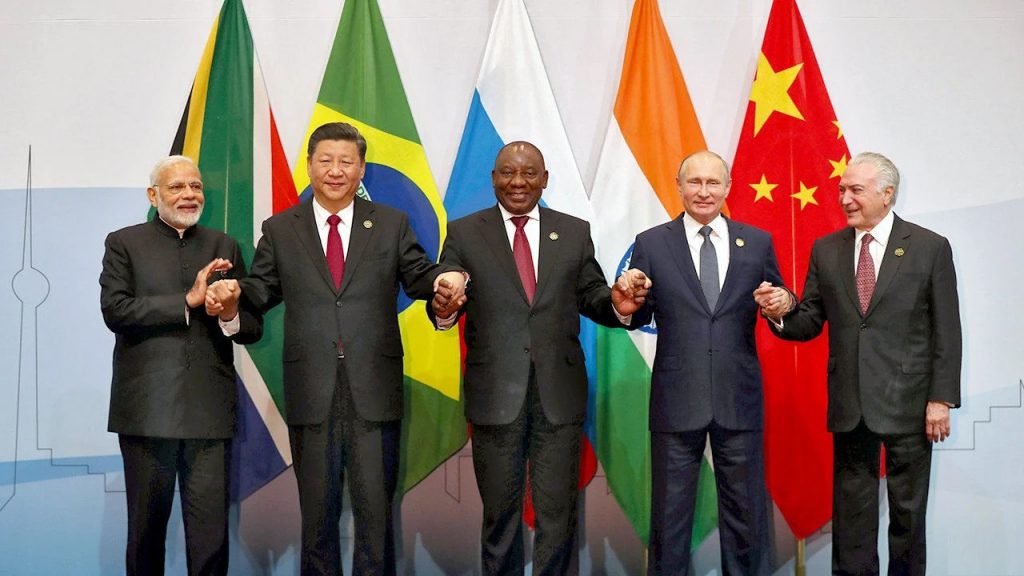

Closure of Goldman’s BRICS Fund
Despite the initial optimism surrounding the BRIC thesis, Goldman Sachs closed its BRICS fund in 2015 due to the economic challenges some of the member countries face.
This move raised questions about the sustainability and long-term viability of the BRICS concept.
However, the group continued to exist as a forum for cooperation and collaboration among its member nations.
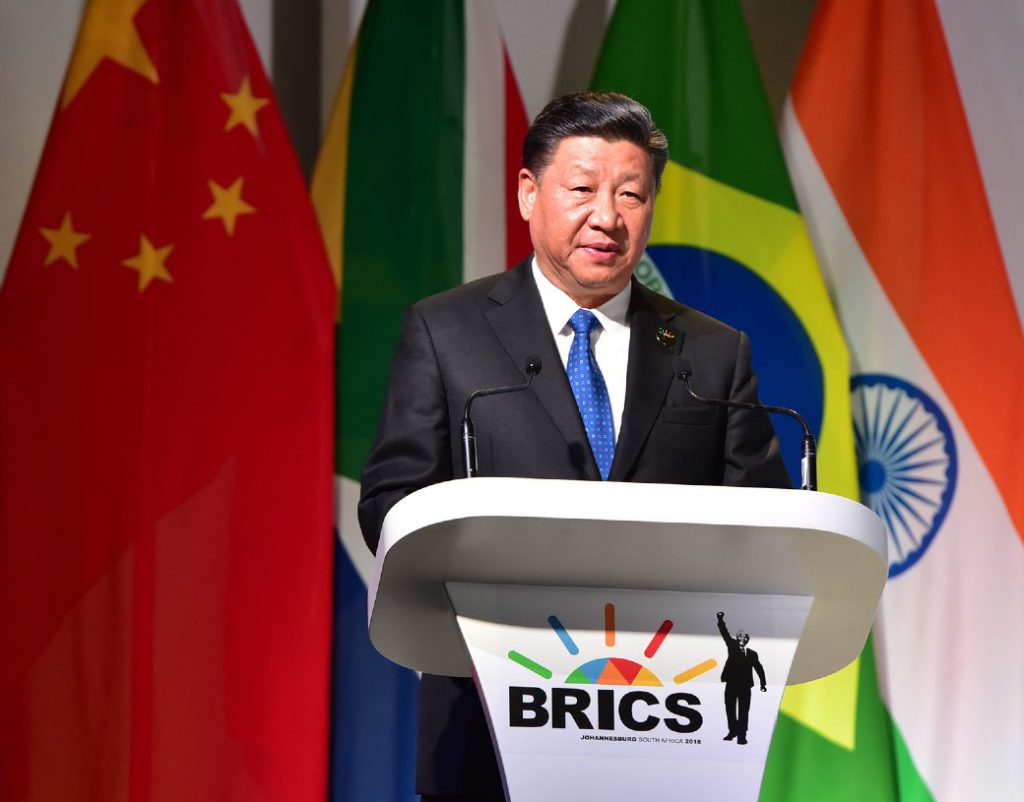

What Countries are in BRICS?
The founding members of BRICS are Brazil, Russia, India, and China. South Africa joined the group in 2010, expanding the acronym to BRICS.
Together, these countries account for more than 40% of the world’s population and a quarter of the global economy.
Despite its smaller economy and population, South Africa plays a vital role in representing Africa and strengthening the group.
What is BRICS and its Purpose?
What is the main function of BRICS?
BRICS primarily serves as a platform for member nations to collaborate on economic, trade, and development matters.
The bloc aims to foster mutually beneficial partnerships and reduce dependence on traditional Western powers.
BRICS nations, united, can secure improved trade deals, foster investments, and tackle shared challenges effectively.
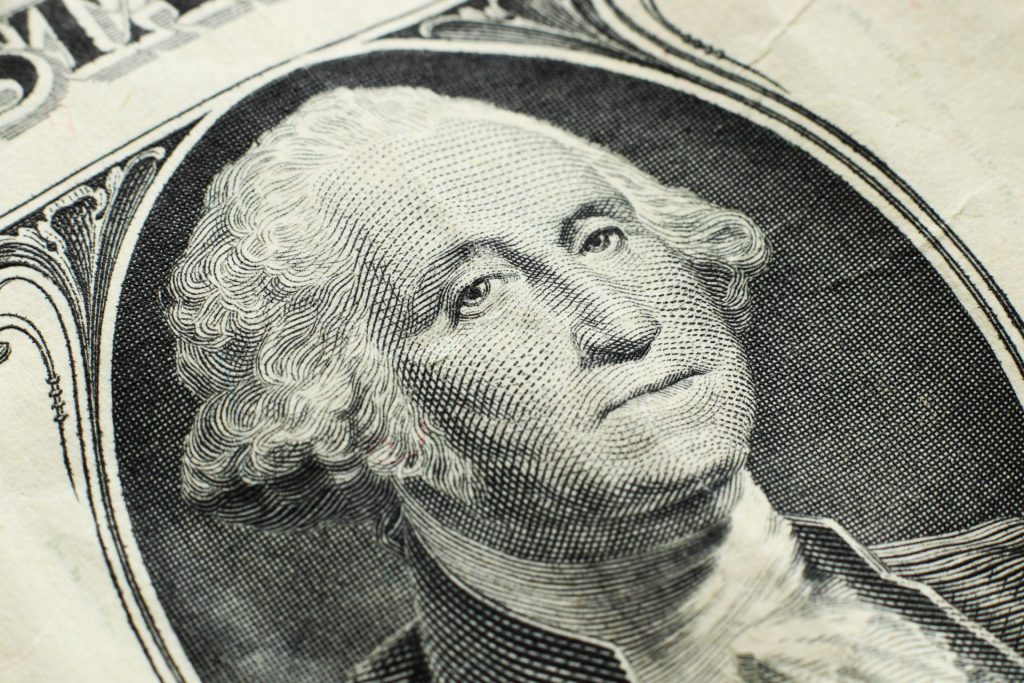

BRICS Currency and Its Purpose
One of the key discussions within BRICS has been the possibility of establishing a common currency for the bloc.
While this idea is still in the early stages of exploration, it holds the potential to enhance economic integration and facilitate trade among the member nations.
A common currency could reduce transaction costs, minimize exchange rate volatility, and promote greater financial cooperation within the bloc.
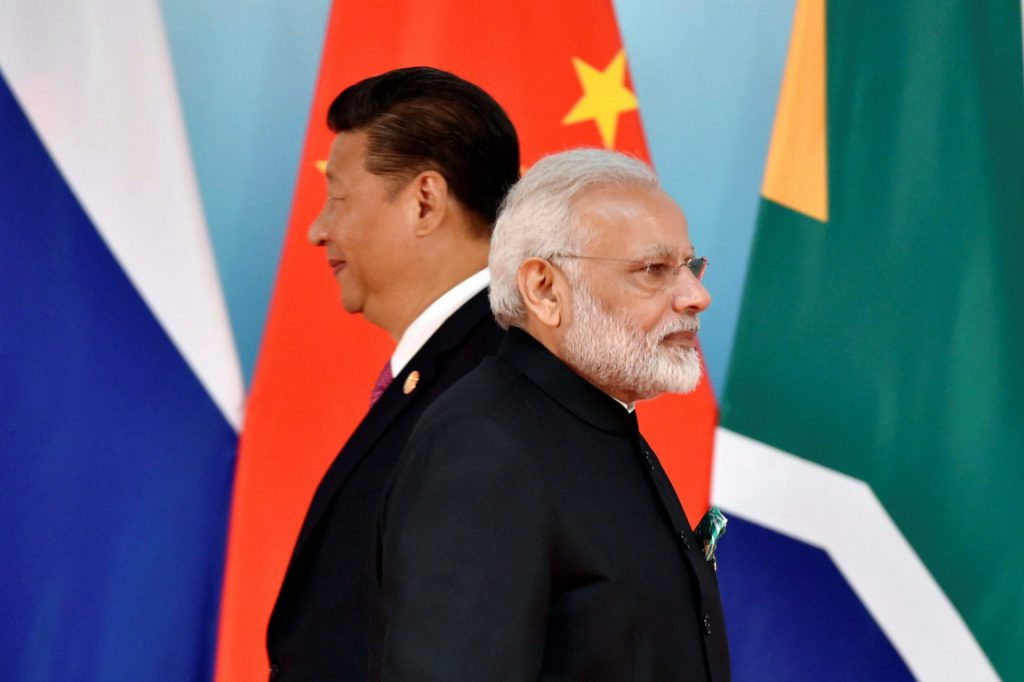

What is BRICS Currency Backed By?
The concept of a BRICS currency raises questions about its backing and stability.
We haven’t determined the specifics of a potential BRICS currency, but it would likely rely on member nations’ economic strength and stability.
The backing could include a combination of foreign reserves, gold reserves, and the overall economic performance of the bloc.
Also read: BRICS Currency a Driving Factor for Membership Interest
Potential Expansion of BRICS
BRICS has attracted interest from several countries seeking to join the group.
More than 40 nations, like Iran, Saudi Arabia, and Indonesia, aspire to join the bloc.
These nations see BRICS as an alternative to Western-dominated global organizations, aiming for benefits like development finance and trade.
The Bottom Line: What is BRICS and its Purpose?
In conclusion, the BRICS, comprising Brazil, Russia, India, China, and South Africa, is an influential group of major emerging economies aiming to challenge traditional Western powers’ dominance in the global order.
While it is not a formal multilateral organization, BRICS serves as a platform for dialogue and cooperation among its members.
The bloc primarily focuses on economic cooperation, trade, and development.
As the world continues to evolve, BRICS holds the potential to reshape the global economic landscape and foster a more balanced and inclusive international order.





